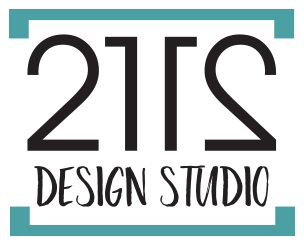Shelfie Styling on Point
/Built-Ins are my all-time favorite. They are a great way to display your collected treasures, while also adding a lot of character to a space. I love walking into a friend or client’s home and discovering their cherished memorabilia, it tells so much about the them and their interests.
Be it built-ins, a group of shelves on a wall or a bookcase, make it fun, your options are endless!
The key points to getting your style game on is balance, a curated color palette and remembering that less is more -edit, edit, edit! There’s no exact science of how to get your “shelfie” style cohesive, it takes a lot of placing objects, standing back and starring, and rearranging until it feels just right. Below are seven helpful styling tips to get you started and excited!
1. Blank Slate. Start by taking everything off your shelves. This will allow you to re-set your view and let the creative juices flow freely. Make sure you are not in a rush, take your time to enjoy the process!
2. Gather Your Treasures. Gather the items that you want to display. The ones you took off plus anymore that you would like to incorporate. Books, pottery, bowls, vases, pictures, art pieces, candles, plants (real or faux depending on your green thumb!), wooden pieces, letters or monograms, small mirrors, etc. I like to collect more items than I think I’ll need so I have options to choose from. Tip:Group like items together, that will help you visualize and most likely you will notice you have a color palette already going on. Edit anything that doesn’t work within the color scheme.
3. Color Scheme. Keeping the color balanced is essential to achieve cohesiveness. Two to three colors are a good rule of thumb. When placing your items take a moment to notice where you are putting them in relation to others. Are two same colored items next to each other? Move it to the opposite side to balance them out.
4. Books.These will be the base of your masterpiece. Like all the violins in an orchestra, they help the leads shine. Group books in odd numbers, stack them and lean them. Stacking will be helpful to give height to smaller accessories. Alternate from left, middle and right sides of the shelves so the books fill in a good portion of blank spots.It will help move your eye around the space and make everything look pulled together. TIP: Don’t like the cover of your book? Think about repurposing them with designer fabric and have a set that are in the same color family. Don’t like the spine? Take the cover off or just turn it around so the spine faces the back.
5. Variety. Having a healthy variety of accessories will keep your shelves looking interesting and add dimension to them. Mixing and matching is key to well layered “shelfies”! Take a chance at the quirky object! Sprinkle in some heirlooms if they fit the styleand don't be afraid to flip something on its side for a unique view. Lean baskets or bowls with pretty insides against the back as well as your frames or small mirrors. Our eyes tend to like groupings in odd numbers, so working in three’s is a nice start. Tip: Unless it's in a group of like items, accessories that are smaller than your fist should not be displayed as they will feel lost in the space and look like clutter.
6. Greenery. Be it real, faux or some dry foliage, greenery is a must as it brings life and movement to your shelves! Don’t forget to remove your plants from the built-ins when watering them. Avoid getting water marks on your gorgeous shelves!
Take a step back as you move along and check to see if your shelves are feeling balanced. If you aren't sure, take some things off and look at it from another angle. Avoid overcrowding, having air between accessories is ok! Keep on adding and subtracting items until you love it! Remember a good “shelfie” takes time, it’s a labor of love! These tips are a get-you-started-guidelines, have fun -pour yourself a glass of wine and remember: it’s your home and display whatever your heart desires!
I hope you found these tips encouraging. Share your “shelfies” with us: @2112design and use: #shelfieswith2112DS







